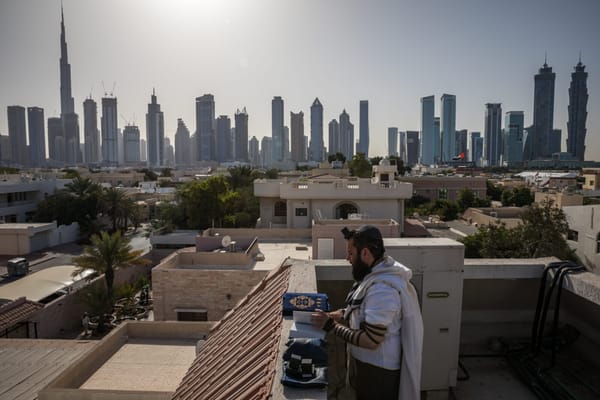The Politics of Social Welfare
On June 27, 1967, Arab East Jerusalem was annexed to the State of Israel. With the annexation, 120,000 residents of the Arab sector were joined with the Jewish citizens as equal residents under Israeli law of the united city of Jerusalem.









